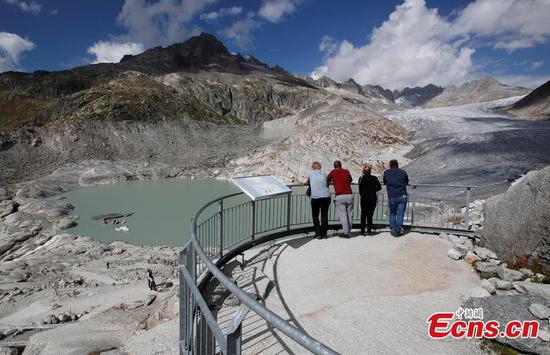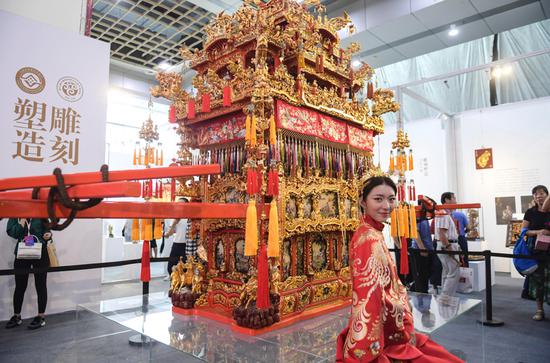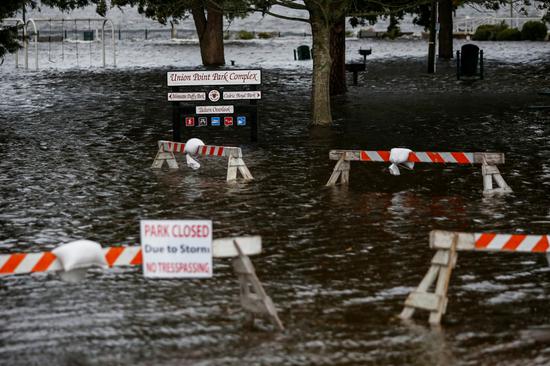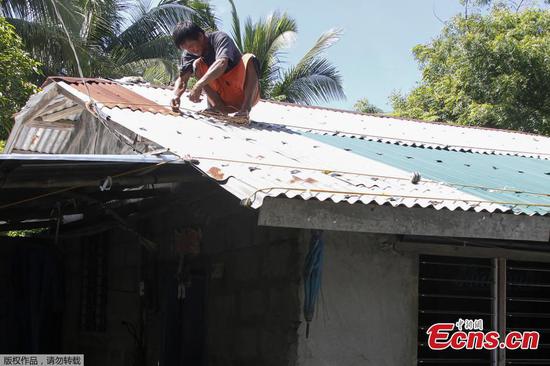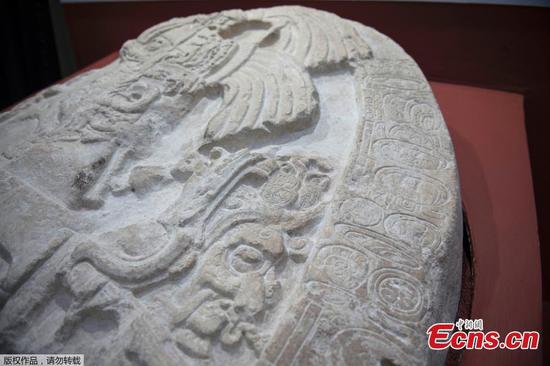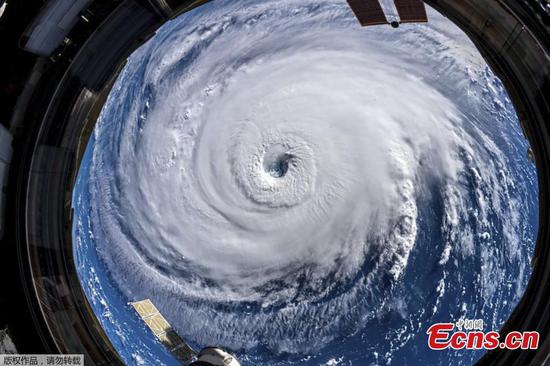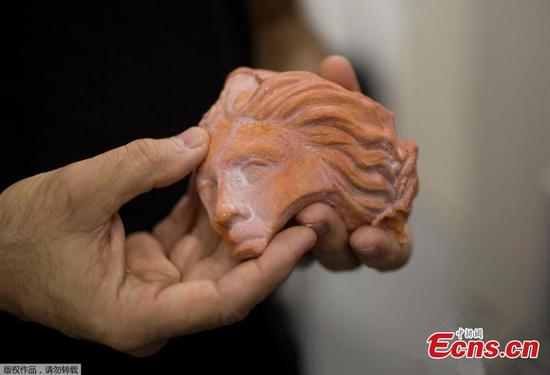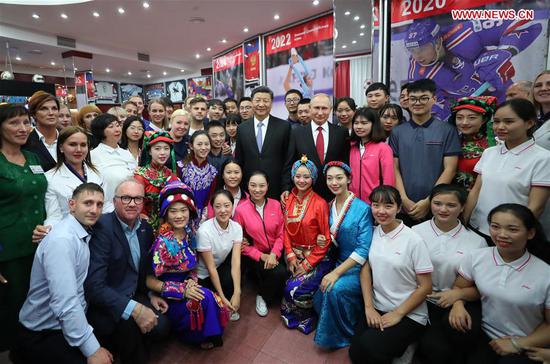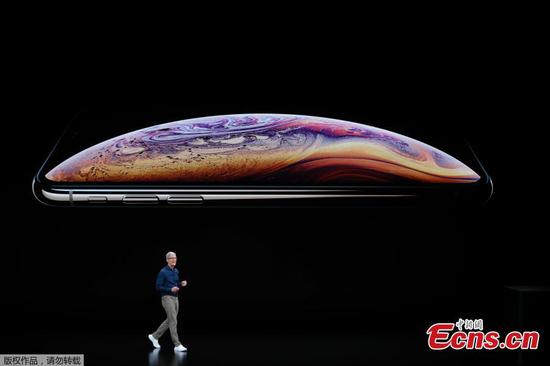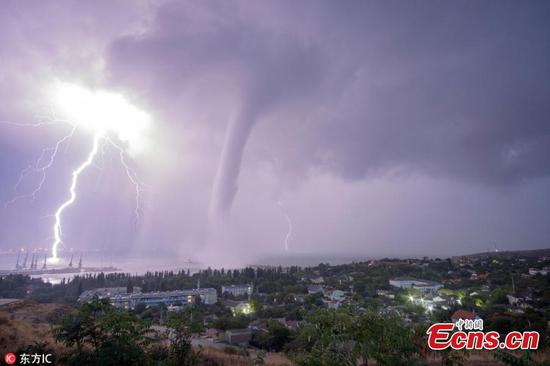Battery plants and power-up network set to power China's e-vehicle industry to worldwide lead
Automaker BYD Co is racing against time to launch the world's largest electric vehicle, or EV, battery production plant in Qinghai province by 2019.
This will put Chinese companies firmly at the forefront of EV battery innovations, industry insiders say.
The race for prominence in the segment is part of China's ambitious plan to recast the global vehicle battery market and exploit rising demand for electric cars.
"BYD, which will add an annual capacity of 60 gigawatt-hours until 2020, will be among the world's tier-1 battery companies, such as Contemporary Amperex Technology Ltd. The latter is China's fastest-growing battery maker, and will have 88 GWh/year capacity by then," says Nannan Kou, senior associate with Bloomberg NEF advanced transportation.
"Competition will also lead to cheaper battery prices and more industry consolidation, and the rest of the domestic battery manufacturers will have to fight more fiercely for market share."
Zou Hui, an analyst at Orient Securities, agrees. Chinese companies are already among the top EV battery innovators, thanks to their improved technological strength and solid client base, he says.
The government has been pushing for electric vehicles, to shift consumers away from vehicles powered by internal combustion engines, in order to reduce air pollution, protect public health and make the country's energy mix greener.
This has, in turn, fueled the ambition of Chinese EV battery makers.
According to BYD, the Qinghai factory will have world-class information technology that is intelligent and automated. It will start operations next year with an annual production capacity of 24 GWh.
Wang Chuanfu, chairman of the Shenzhen-based company, believes the new energy automobile industry, as well as the battery storage segment, will see a boost as governments worldwide issue deadlines for banning traditional fuel vehicles.
The upcoming Qinghai plant, entailing a 25 billion yuan ($3.78 billion; 3.1 billion euros; £2.8 billion) investment, is part of the company's long-term commitment to build a total capacity of 60 GWh by 2020. It will add to BYD's current output of 16 GWh.
Like BYD, many automakers worldwide are stepping up efforts to develop advanced chemistry-enabled EV battery technologies to accelerate all-electric vehicle production.
United States giant General Motors and Japan's Honda have vowed to jointly deliver "higher energy density, smaller packaging and faster-charging capabilities" for their companies' future products.
The two will collaborate based on GM's next-generation battery system, with an understanding that Honda will source its battery modules from GM.
Contemporary Amperex Technology Ltd has also vowed to invest 240 million euros ($281 million) on a production base in central Germany, which will start operations in 2021 with an annual output capacity of 14 GWh.
"We hope to bring the world's most advanced power battery technology to Germany and offer them more timely and effective product solutions," says Zeng Yuqun, CATL's chairman.
China's new energy vehicle industry has witnessed rapid growth, thanks to national subsidies. Initially, in 2001, sales accounted for a mere 0.03 percent of the total vehicle sales. That figure swelled to almost 2.7 percent in 2017, making China the biggest new energy vehicle market worldwide.
According to Kou, different countries have chosen different technology pathways toward new-generation batteries.
China's choices have evolved, too, with the evolution of technologies themselves. The country chose lithium-iron battery technology in the 11th Five-Year Plan period (2006-10). In the 12th Five-Year Plan period (2011-15), it opted for the nickel manganese cobalt or NMC battery technology. This was followed by the NMC 811, the low-cobalt NMC battery, and the silicon-graphite anode, in the 13th Five-Year Plan period (2016-20).
Most of the Chinese battery manufacturers have kept pace with the nation's choices over the years, says Kou.
Battery manufacturers in China, the world's largest EV market, have rapidly developed their capacities, cost advantages and supply chains in the last three years, thanks to huge demand, says Kou.
Yet excess capacity of low-end products on the one hand, and lack of adequate supply of high-end products on the other, have created problems for the sector, he says.
"The industry is gradually switching to low-cobalt content NMC 811 batteries. But only a few Chinese battery manufacturers are able to mass-produce such batteries."
Another concern is that the majority of the battery manufacturers still rely solely on domestic EV automakers. Only Contemporary Amperex Technology has signed supply contracts with international manufacturers, he says.
According to Kou, with governmental subsidies decreasing and costs increasing, only a few battery companies are likely to survive in the future.
"These companies should have a large enough capacity so that they can continuously bring down costs. They also need to maintain proper liquidity to absorb some sudden short-term market impact," he says.
"They should continue heavy investment in research and development to keep up with their competitors."
To better facilitate the EV sector, utilities are also stepping up the construction of charging networks.
Beijing-based State Grid Corp of China, which operates the majority of power distribution networks, has set up 6,286 charging stations and 56,000 charging poles along 31,000 kilometers of highways and in more than 150 cities.
It is now the world's largest EV charging network. It says it will install 120,000 public charging piles by 2020, covering the Beijing-Tianjin-Hebei region, Shandong province and the Yangtze River Delta, as well as major cities in other regions, enabling smoother intercity travel for EVs.
By the end of 2017, China had 214,000 public charging poles and 232,000 private ones, figures from the China Electric Vehicle Charging Infrastructure Promotion Alliance show.
Given that there are 1.72 million EVs on China's roads, the average works out to one charging pole for every four EVs, probably the best in the world.
Jiang Bing, chairman of State Grid EV Service Co, says the company's intelligent-vehicle online platform is now connected to 19 pole operators, including China Southern Power Grid Co, Qingdao Teld New Energy Co Ltd, China Potevio Co Ltd, Wanbang Charge Facility Co Ltd, Star Charge and Shenzhen Clou Electronics Co Ltd.
"We aim to link 3 million charging poles to the platform by 2020," he says.
Li Li, energy research director at ICIS China, a consulting company focusing on China's energy market, says the convenience of driving an EV is determined by the layout of public charging poles.
Many major cities, including Beijing, Shenzhen and Taiyuan, allow drivers to easily access charging facilities. But there is still much room for improvement in EV charging infrastructure construction in other cities, she says.
"Charging infrastructure has always remained a bottleneck for EV development. It'll be too slow to rely on only one or two companies to build the chargers. The sector should encourage more private capital to enlarge the EV fleet so that the chargers' utilization rate is high enough to generate profit."











